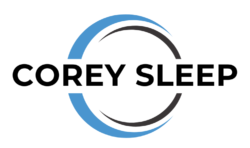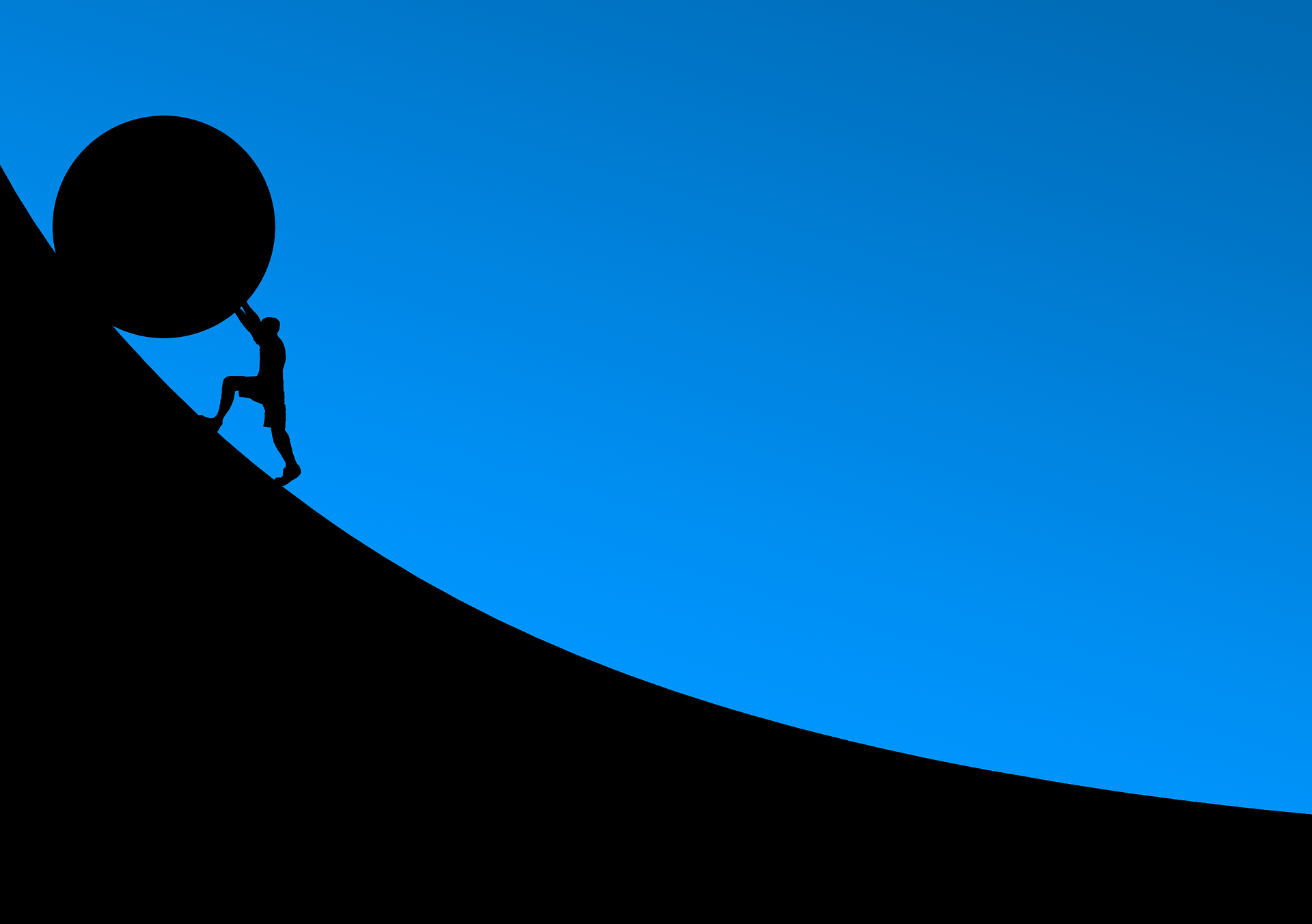Despite my more anxious temperament, I’ve always been of the attitude that things would work out in the end.
This changed a few years ago.
A darkness I had never known appeared and wouldn’t go away. Long seasons of sadness and exhaustion lingered. Things that used to bring joy felt stale and tasteless. It was like a thirst that was unquenchable, and nothing would satisfy. Sure enough, my doctor diagnosed me with moderately severe depression.
For a time I had no idea what was going on. While we have a growing understanding and cultural language for mental health nowadays, even half a decade ago I just didn’t have the language for what was happening to me.
Like I do whenever I face troubles, I researched. I began devouring information and wisdom from those more experienced than me when it came to mental and emotional health. Books, counsellors, psychologists, older friends, whatever or whoever it took. I was dead set on figuring this stuff out and conquering it.
Weapon #1: Connection
Psychologist Henry Cloud’s book “Changes That Heal” changed my life. Among the wealth of insights came this one: depression or anxiety is tied to loneliness, and feelings like loneliness are meant to move us to connect with others.
In a way, it should have been obvious. I was disconnected. It made perfect sense – I had moved far away from family, friends, and familiarity twice in two years. As a selectively sociable introvert who struggles to develop and connect with others, moving away from my safe people took a big toll on me, and it was going to require some work to get healthy.
Combine that with some not-so-good relational choices, like trying to connect romantically to someone before I was part of a solid social support network, and that was bad news for my psyche. In fact, trying to get close to someone romantically heightened my anxiety and depressive symptoms. I found out later that it was because the relationship highlighted my loneliness instead of fixing it. One person is not meant to fill the void of a network of people.
Weapon #2: Meaningful Challenge
Besides connection, there was a need for meaningful challenge in my life. I needed face my fear of relational connection, its own sort of challenge, and venture through the friction of new connections for the sake of social fulfillment. But I also needed to take baby steps in ensuring I was putting my hands to meaningful work.
For example, while my anxiety and loneliness made me want to stay inside on days when I had some challenging workdays ahead, hiding inside would have hurt me more than helped me.
This doesn’t mean a day off was always a bad idea, but depression and anxiety can make isolation and sluggishness compound.
This takes some wisdom, but there’s a time to rest and a time to push through fear and the inertia of your own sluggishness and isolation.
What you fear is often what you need to do, and this may be especially so with depression and anxiety. For me, I needed to get out there, socialize, and do the things that scared me.
It was hard – but that’s the point. Stress is not a bad thing. The same research that says too much stress is bad for you shows us that not enough stress has similar effects. Just like muscles that atrophy when not used, our ability to withstand even mundane pressures in our lives decreases when we are not experiencing regular healthy stress to keep us strong.
That was an important part of my recovery and an important part of staying healthy and mentally strong.
Weapon #3: Paradigm Shifts
One of the major contributions Cognitive Behavioural Therapy has made to mental health is how thought patterns contribute to mood states.
Worry got the best of me, and I spiralled out into despair. I feared the worst concerning the future and assumed I had little control over my destiny. I had to learn to fight that negativity and hopelessness and start to get excited about how life could be. My major paradigm shift (and one I still have to work at) was going from assuming the worst to believing in my potential to aim high and make something great out of life.
Cognitive distortions naturally build on each other. Anxiety escalates, depression gets heavier and heavier. But positivity can work the same way. I learned to build new, positive thought patterns to keep out of needless and fruitless valleys of depressive thinking. It took work (still does!), but the brain can rewire itself with a more optimistic approach to life.
For me, part of the “get excited” thinking had to be about building meaningful relationships. So I dreamed about how fun they could be, and meaningful, and how even tough conflict could yield beautiful trust and connection. I took baby steps that would apply stress on my life as I stepped out to be vulnerable with people. It was scary – and beautiful, and healing, all in one.
Weapon #4: An Anchor and a Lense
Some of you from Christian backgrounds might now be asking: what role did your faith play? Why is it not on this important list?
Well, my faith did play a role in my recovery. But it was a more indirect role this time around.
Simply, my faith was both an anchor in my times of despair and a lense through which to see hope in my suffering. It was incredibly helpful to know that my suffering had purpose, and that all was never lost, even when it felt like it.
It was also meaningful to know that even Christ suffered purposefully, and that the Bible has always promised difficulty and suffering in this world. Thus there was purpose, and I knew that God, who had suffered as the man Jesus Christ, knew something of my pain and empathized with me.
I suppose my faith has also given a helpful retrospect to my suffering and prepared me for more in the future. There is always a way through, and hope always awaits me on the other side, along with increasing closeness with God. And, reminded that he is with me and giving meaning to every step, I move forward, ready to face the challenges my Maker has for me.
I will embrace the scars and the difficulty, knowing I will only become stronger and more powerful even as I am humbled in all of it.






